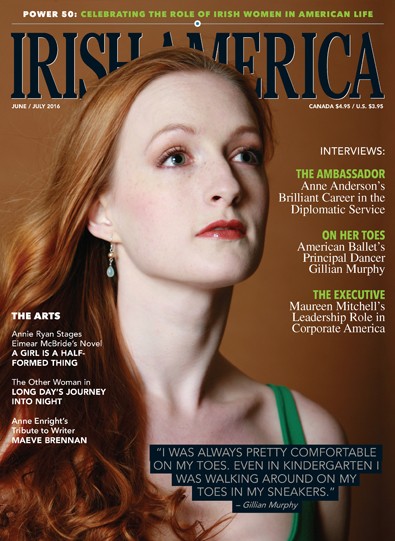
As she celebrates her 20th season with ABT, Gill makes the cover of Irish America, and is named one of their inaugural “Top 50 Power Women”. Brava!
Haunting the Web Since 1999

As she celebrates her 20th season with ABT, Gill makes the cover of Irish America, and is named one of their inaugural “Top 50 Power Women”. Brava!
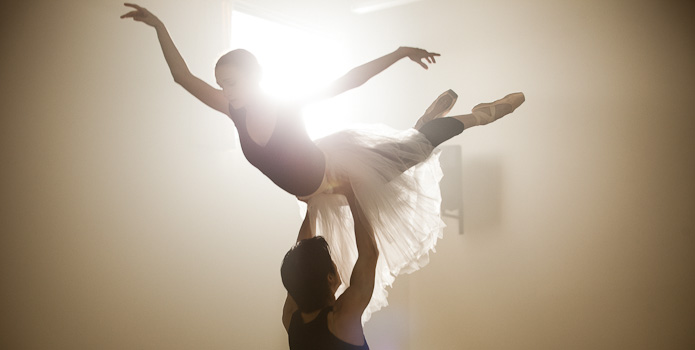
In Pointe Magazine, my sister Gill explains her process for embodying (and mastering) the psychology of Giselle. (Hint: Dancing well helps too.) “[E]ven death pales in the face of her eternal compassion…Her inner joy is now a quiet sadness, but more than ever she exudes love.”
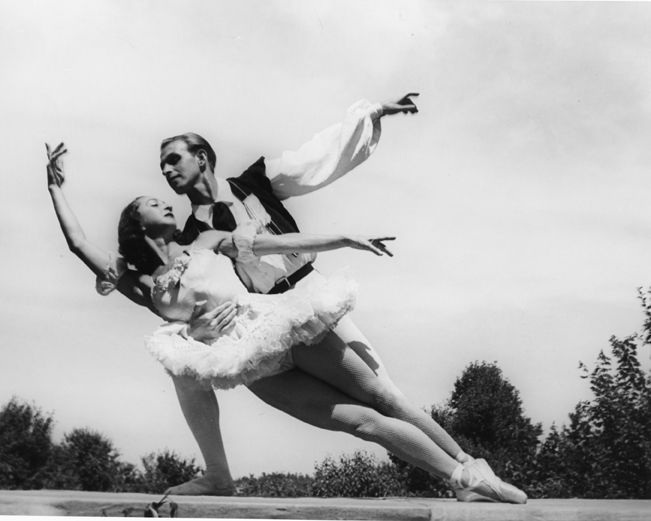
He passed in May but I found out this week via my sister’s new Twitter feed: Frederic Franklin, 1914-2013. Up until very recently, you could still Franklin on the ABT stage, as the priest in Romeo and Juliet and similar roles. For Gill as for many other contemporary dancers who got to know him, he was a living link to an earlier generation of ballet. And, if you’ve seen the splendid documentary Ballets Russes, he was a lively and engaging wit as well, with a long life of stories to tell. RIP.
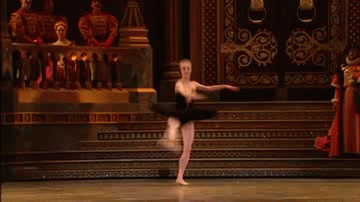
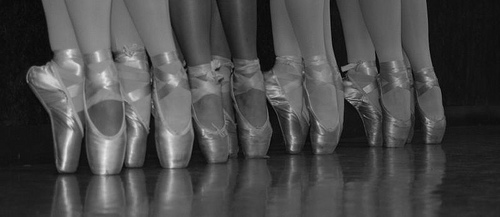
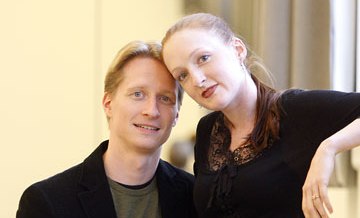
Picking up the baton from the NYT, who covered their imminent departure back in August, New Zealand’s Dominion Post checks in with Gill and Ethan on their new (zealand) digs. “Murphy’s family visited New Zealand a few years ago and were charmed by it another factor in the couple choosing to come. They had serious talks about it, though ‘and thought’, says Murphy, ‘about how we felt, individually and together, professionally and personally. A big driver is that it’s a naturally beautiful country, and then coming here and seeing the potential of dance.‘”
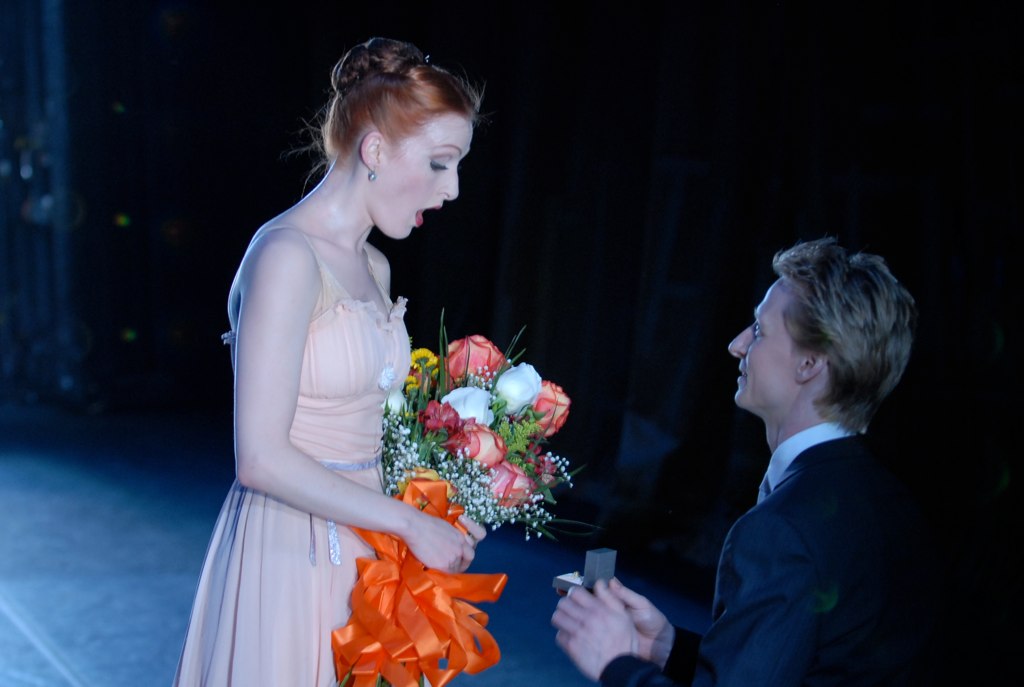
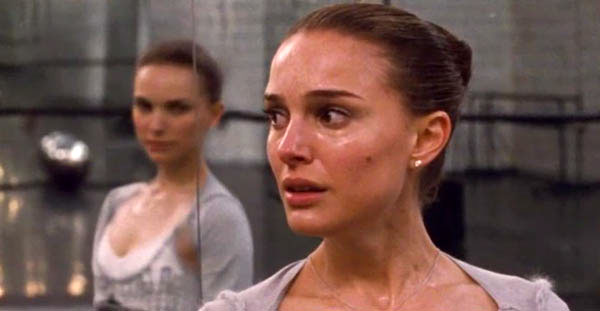
And, at least in general terms, the subject matter of Black Swan hits close to home, given that my sis is a professional ballerina who’s well-versed in the Odette/Odile role(s). (Although, as far as I tell, she hasn’t gone off-the-wall, certifiably bugnuts crazy…yet. Gill’s thoughts on Black Swan are here.) All that being said, Aronofsky’s attempted Cronenberg variation on Tchaikovsky here doesn’t really work. The movie is arousing a good bit of passion and controversy at the moment — some critics love it, some hate it, there may even be an age divide — but, for the most part I just found it overwrought and silly.
Black Swan begins auspiciously with the prologue of the ballet from which it’s riffing: Young dancer Nina Sayers (Natalie Portman) dreams she’s on stage performing the opening “transformation sequence” of Swan Lake, when Odette first encounters the villainous sorcerer Von Rothbart. (Here and throughout, Portman doesn’t really have the ballet chops to pull off the dancing, but, to my layperson’s eye, the workarounds seemed decently convincing. And she’s actually quite good otherwise.) But outside of the Dreaming, Nina is still just a lower-level dancer (presumably a soloist) in her Lincoln Center-based company, living with her (s)mother (Barbara Hershey) in a too-small New York apartment.
But opportunity knocks for Nina when the company director (Vincent Cassel, seemingly playing himself) tires of his veteran principal (Winona Ryder) and decides to recast Swan Lake from the ground up. (And for some reason, he only seems to be picking one cast.) Nina seems like a perfect fit to dance the willowy, innocent Odette, the White Swan. But can she handle the Black Swan half of the equation: the alluring temptress Odile? In fact, there’s a carefree, sensuous new corps member — with swan wing tattoos, no less (Mila Kunis) — that seems born to play that role. So if Nina wants to live her dream and dance the lead in this new Swan Lake, she has to cut loose from her perfectionist moorings and embrace her dark side. Which, unfortunately for her, brings on the Madness…the Madness, splitting in half…
Thus ensues a series of increasingly nightmarish vignettes, in which Nina — already fragile and anorexic on her best days — succumbs to teh crazy: Mirrors start acting funny, a stress rash grows worse and worse, and soon she’s ripping long strips of flesh off her fingers at the cuticle. (I wasn’t kidding when I said this was a Cronenberg variation, although the “all-in-a-day’s-work” body horrors of The Wrestler also come to mind.) Unfortunately, while Black Swan pretends to be a psychological horror movie, most of the scares here are really just of the jump-scare or gross-out variety. And, other then an ecstasy-fueled nightclub scene that recalls the druggy cinematic syntax of Requiem (and that eventually devolves into a ludicrous “sapphic succubus” tryst that seems like something out of Showgirls), Black Swan spends too much of its run dancing dangerously on the precipice of boring.
The thing is: If we know the lead character is going bonkers, and that’s made pretty clear from jump street, these endless nightmare sequences have very little dramatic weight to them. Something bad happened, somebody got killed? Eh, she’s probably just imagining it. What might’ve made Black Swan more interesting is to emphasize not how she’s going mad, but why. But, in that department, Aronofsky mostly just burdens Nina with trite Freudian baggage — an overbearing mother and a sexy crush on “father” (a.k.a. Cassel) — that was hoary and cliched even in Tchiakovsky’s day.
And so it’s hard to sympathize with Nina because neither her character nor her plight is at all convincing. So she has to somehow play both an innocent AND a seductress? ZOMG how will she ever manage? Well, I dunno, how about…acting? Sure, there are cases where Method types will lose themselves too much in a part. (Heath Ledger’s travails with the Joker come to mind.) But, perhaps due to familiarity with ballet folk, playing the white and black swans just doesn’t seem like an insanity-inducing event to me. (Although, now that I think about it, I guess a psychotic break after portraying evil twins might explain the late career path of the Shat.)
In the Financial Times, dance critic Apollinaire Scherr makes a key and telling point: In emphasizing the psychological rigors of the Black Swan role, Aronofsky sorta missed the point of the ballet. “Sure, there is a good maiden and a sly vixen in Swan Lake, but, like the ballet’s dopey prince, Aronofsky gets them mixed up. The virtuous woman has a self to lose; the schemer merely fakes it. Odile the Black Swan is easy to understand…what you see is what you get…Odette – part swan, whole queen, once simply a woman – is complex: wild but also majestic, animal yet gentle.”
In other words, the White Swan is the character with actual depth, while the Black Swan is basically all sizzle and flash, the prince falling for a pretty face. In that, the movie Black Swan is much like its namesake. I suppose it works decently well as a cheesy midnight movie for goth girls and the like. But in terms of anything approaching tragic or psychological depth, Black Swan misses the mark wildly. Its pleasures and pains barely scratch the surface.
